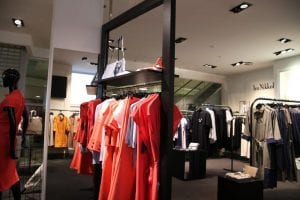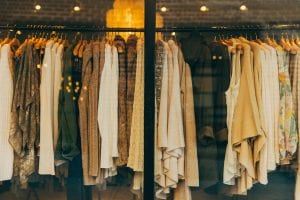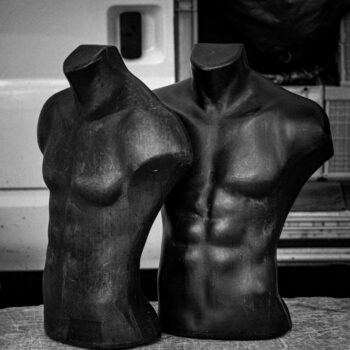Staying competitive and driving success in the retail industry is tough. Understanding the constant changes in shopping behaviour and responding quickly is key to driving sales. This contributes to the overall success of the business. An important factor to take into consideration is your retail store design.
Various studies have been conducted on the impact of store design on customers. These studies concluded that the overall layout and functionality directly contribute to the retail store’s success. A well-designed retail space contributes to the customers buying decisions and shopping experience.
The purpose of your Store Design
As society has shifted, the concept of the customer is king has become more prominent. One aspect of this change is customers understanding their needs and knowing the different product choices they have.
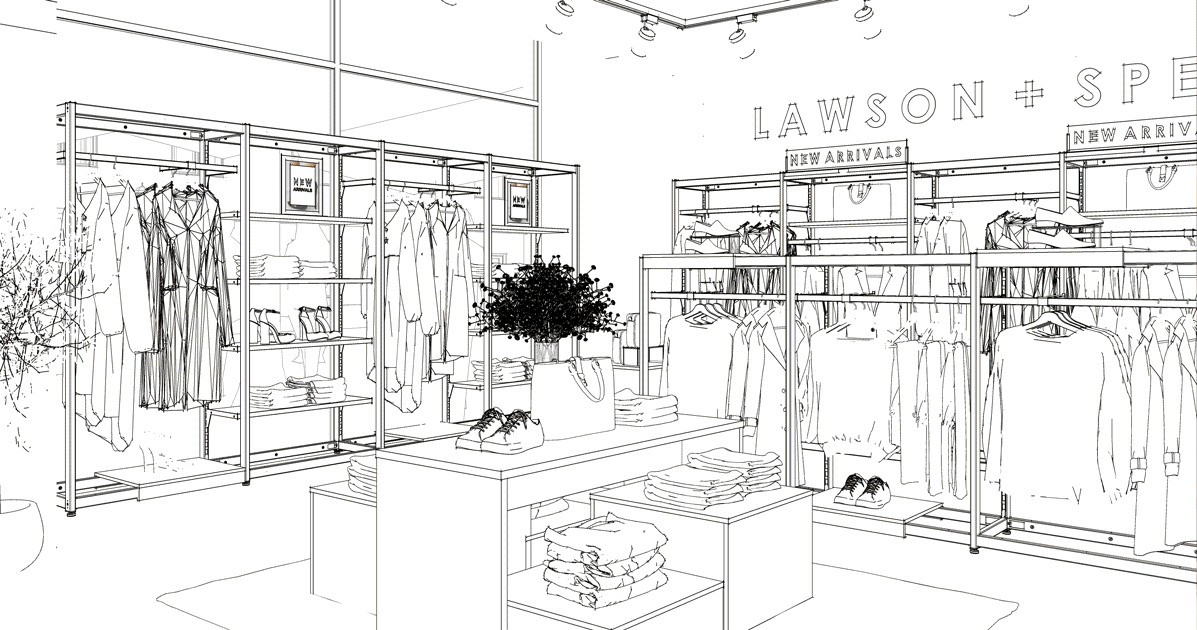
As a result, this has led to the act of shopping being more than a need-fulfillment task. Over time this has evolved into a more personal experience. This is especially true in the fashion and luxury industries.
Consider your customer experience
The overall customer experience is key to a successful brick-and-mortar store. Creating a unique experience for your retail store requires an understanding of customers needs, preferences, and their unique behaviours. This means that every detail in your store needs to be designed.
Stores need to create an environment for your customer’s needs and preferences. These designs incorporate lighting, music, and displays into the overall retail design.
One way to make your store unique is to use technology in the design. This will create a memorable experience for your customers. This unique feature will help your retail store stand out from your competitors and can be something as simple as having a mobile app.
An example of how technology creates unique experiences is MyFit 3D by Athlete’s Foot, in their retail stores. By adding technology into their store design, they create a tailored experience for customers, achieving their retail needs. This simple change ensures the customer has a positive experience, increasing their chance of being a return customer.
Retail store design for your target audience
Understanding your target audience is an essential element to consider when designing your store environment. The method and layout you choose for your retail store design should communicate to your target audience. Using elements of the store design, a customer should understand your price point and develop an understanding of your product. The details of your retail design guides customers to decide whether a store resonates with their retail needs.
An example of how store design affects customer perception is seen with Glue Store contrasting with Witchery Clothing. Each store has a unique design, effectively communicating to its target customers through various elements within the overall design.
Elements of in-store designs are more than just the shop fittings and the layout. This includes sensory options such as lighting, smell, and sounds to create various moods in your retail store.
Warm lighting creates a cozy atmosphere, while bright lighting gives off a lively vibe. Additionally, using pleasant aromas contributes to a more enjoyable environment.
Developing your brand characteristics
Your retail store design should reflect your brand’s identity and its values. This means using elements like the brand colours, logo, and slogan in your retail store design. Adding these elements into your design creates brand recognition with customers and encourages them to enter your store. If your brand has a reputation for being eco-friendly, you should use natural materials in the design of your store.
Using brand characteristics in the design of your shop creates a consistent brand image for the customers. This will make your retail store more identifiable to customers and assist in building brand loyalty. The consistency and refined environment creates a more pleasant experience for the customer when visiting your store.
Shop layouts design and planning traffic pathways.
Your shop’s layout design and traffic pathways are crucial elements to consider for the overall retail design. The chosen layout should match the tone and theme of your retail store. The design of your store layout guides customers through your store in a strategic way.

The strategy is to maximise the exposure of your high GP products and encourage impulse purchases and dwell times. Creating clear and logical pathways will help create segments within your merchandise layout, guiding the customer more easily.
You can use several different ways to lay out a retail store. Each of these layouts has its advantages and purpose. Implement the most effective strategy for the style of retail store to benefit the customers. An easy illustration of this is the grid layout.
Customers see this in straight aisles and organised sections of merchandise. This makes it easy for customers to browse the various merchandise categories. The downside of this layout is it can create a clinical feeling within the retail space.
When picking the shop layout design, it is important to consider the customer flow, product placement, and availability. Place high-demand products at eye level and in areas that receive a lot of traffic. Additionally, wide aisles and clear pathways help ease of use for customers. This detail improves the shopping experience for the customers.
Understanding your merchandise and their needs.
Merchandising is the art of displaying products in attractive ways for the customer. These displays encourage the customer to make a purchase. This includes using appealing displays, creative signage, and strategic product placement. All these details create one unique experience for the customer while engaging with your retail store.
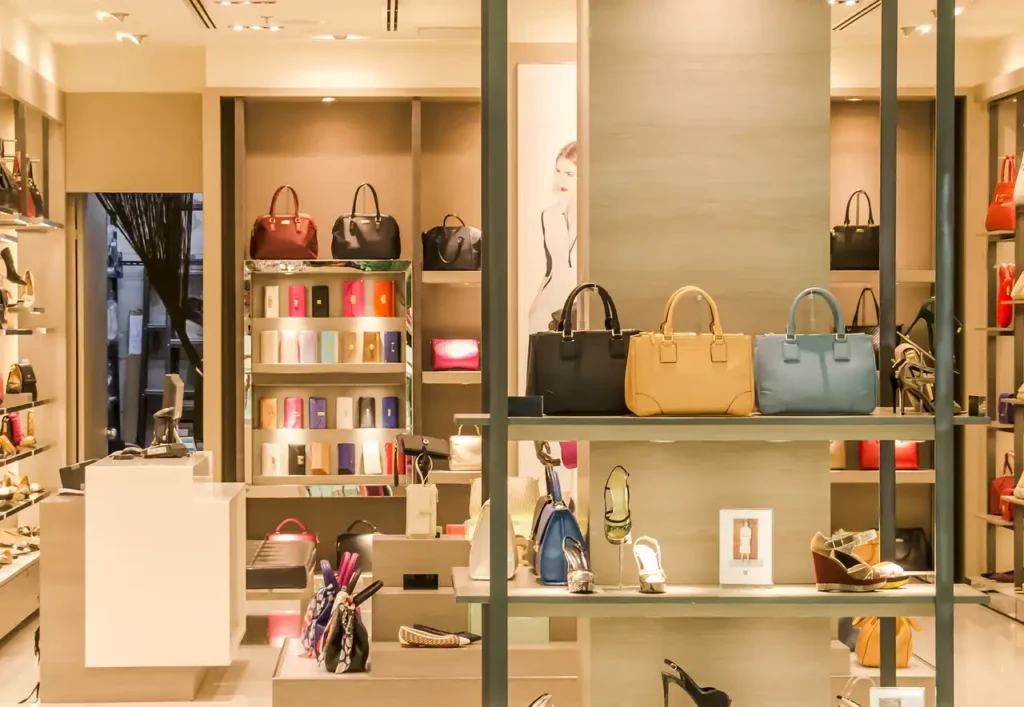
One key aspect of merchandising to consider is creating focal points within the product displays. This method captures the customer’s attention to the display and encourages a purchase. A good example to illustrate this is to create a display in your store entrance or window space. This will attract customers who are passing by and encourage them to browse your retail store.
Similarly, placing a display in a “busy” area of your store encourages impulse purchases and increases ROI.
Similarly, planning where to place your products and how to display them is just as important. Place products in a logical manner that is easy for customers to navigate. For instance, we should group similar products to promote cross-selling. Additionally, using signage to draw attention to certain products or promotions can encourage customers to make a purchasing decision.
In-store functionality and its impact on the store design.
In-store design functionality is the practical aspect of retail shop design. This includes various elements of the shopfit, such as the store fixtures, product displays, and store counters. These elements create a functional and efficient experience for the customer while remaining on brand.
One key aspect of in-store design functionality is the placement and layout of the displays. Place displays in areas to maximise visibility, while being easy to restock and merchandise when needed.
The ability to change your fixtures to suit your merchandising needs is crucial for a successful merchandising display. This means the store layout can be adjusted when needed, including to accommodate a product or promotion.
Conclusion
Retail shop design is complicated and multi-dimensional and involves creating a space that is functional and efficient. Additionally, the space should also be appealing and engaging for customers. By considering all these elements, you can create a retail space that attracts and retains customers. This enhances the shopping experience and reflects your brand’s identity and values.
A well-designed store does more than sell products but is a space that tells a story, creates memories, and builds connections with customers. By paying attention to detail, you can create a space that meets your business needs and exceeds expectations.
Need help designing your store? Apex Display’s 5 Step Design Process includes an in-depth consultation about your retail needs. With 50 years of retail experience, our store design offers great solutions for you.




